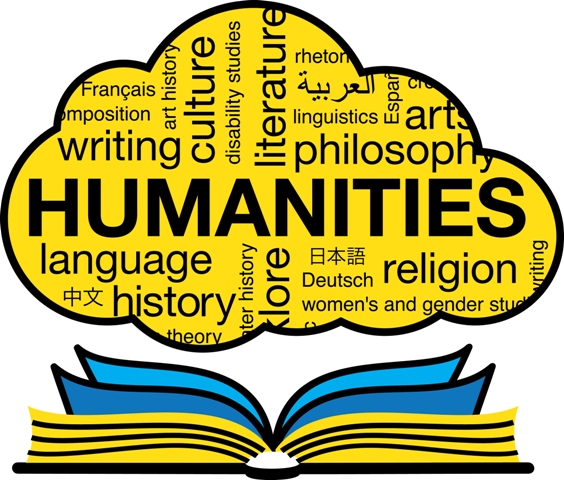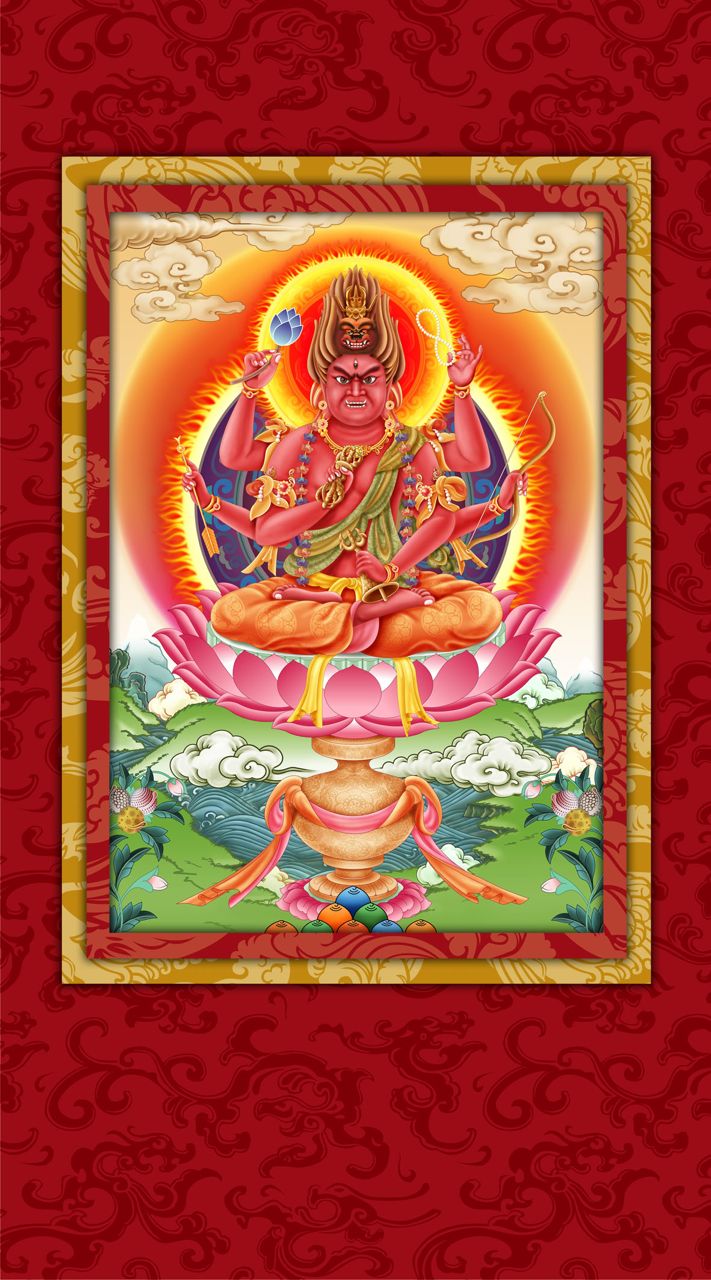2021 Books in Review,
Hello! I haven't read that many books this year as the books that I have read are textbooks from classes that I took. Although there are only a few I felt like I learned a lot from reading the books that were provided.Hawley, Jack. The Bhagavad Gita: A Walkthrough for Westerners. New World Library, 2011.
- In this version of the Bhagavad Gita, Jack Hawley is able to do an amazing job at translating the infamous scripture the Gita which has been around for many generations into English. This book contains various spiritual knowledge and even divine revelation that has been around for centuries with its origin stemming from a story that would eventually turn into a movement. I would recommend this book to the people who are interested in not only religion but also the progression in ones' spiritual journey. Although it is a scripture with religious content, it can also provide a new perspective on how to live ones life that can be beneficial.
and 1960s: A Brief History with Documents. Bedford/St. Martin's, 2004.
- In this series of brief documents it will go over the two of the most influential human rights activist who were prominent figures during the civil rights movement in 1954 through 1968. This book provides documents and speeches that shows the ideologies between Martin Luther King Jr. and Malcom X. Although both men were known to have different views, this book will go over how similar they actually were in the goal to achieving freedom for African Americans. Of course it would also go over the struggles and obstacles that African Americans had to deal with in America as racism was evidently present in the systems. I would recommend this book to everyone as it provides a better understanding of how African Americans were being treated in the systems of America. It provides you a new perspective on how America in which it notions the freedom for all is actually just a facade from the beginning.


